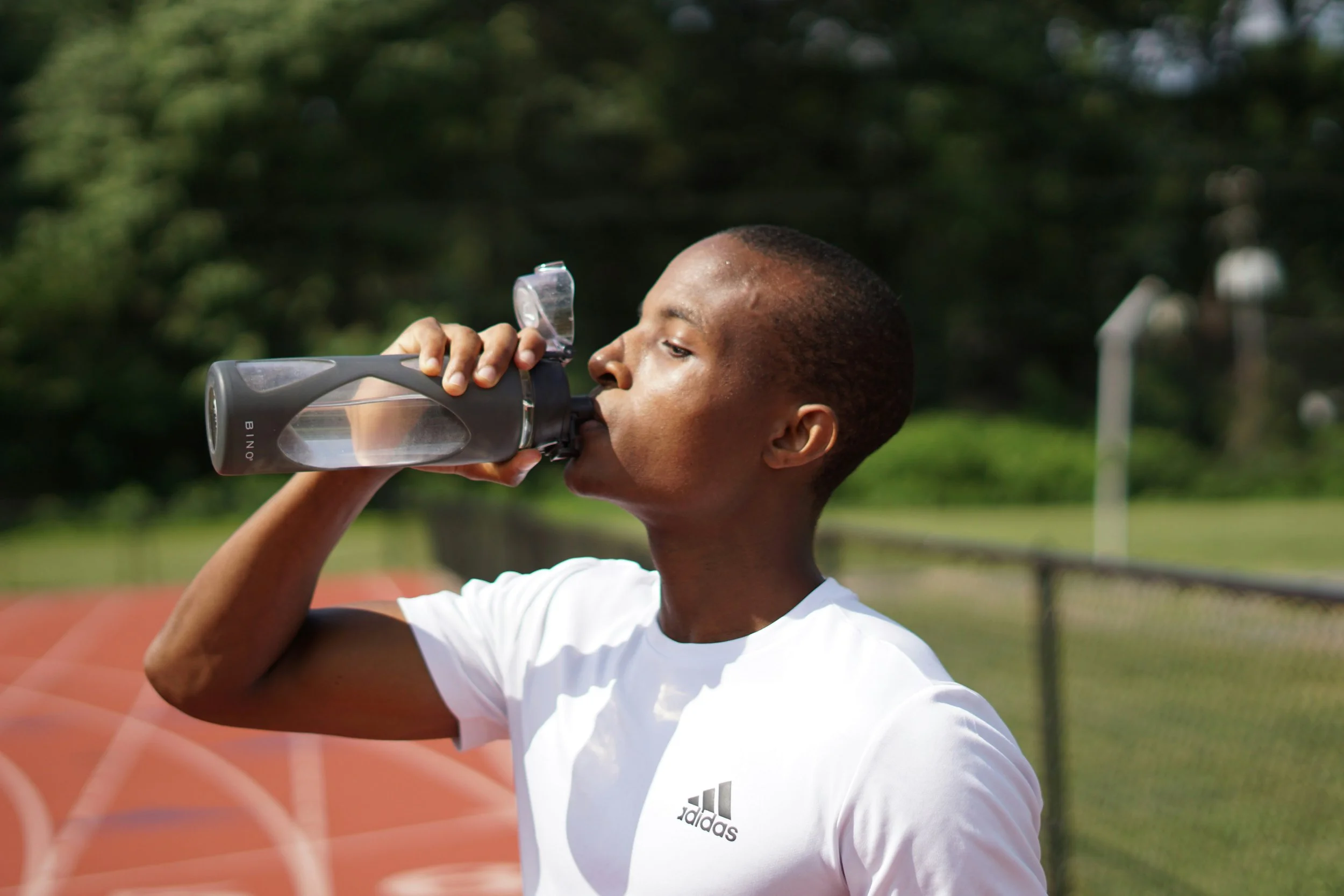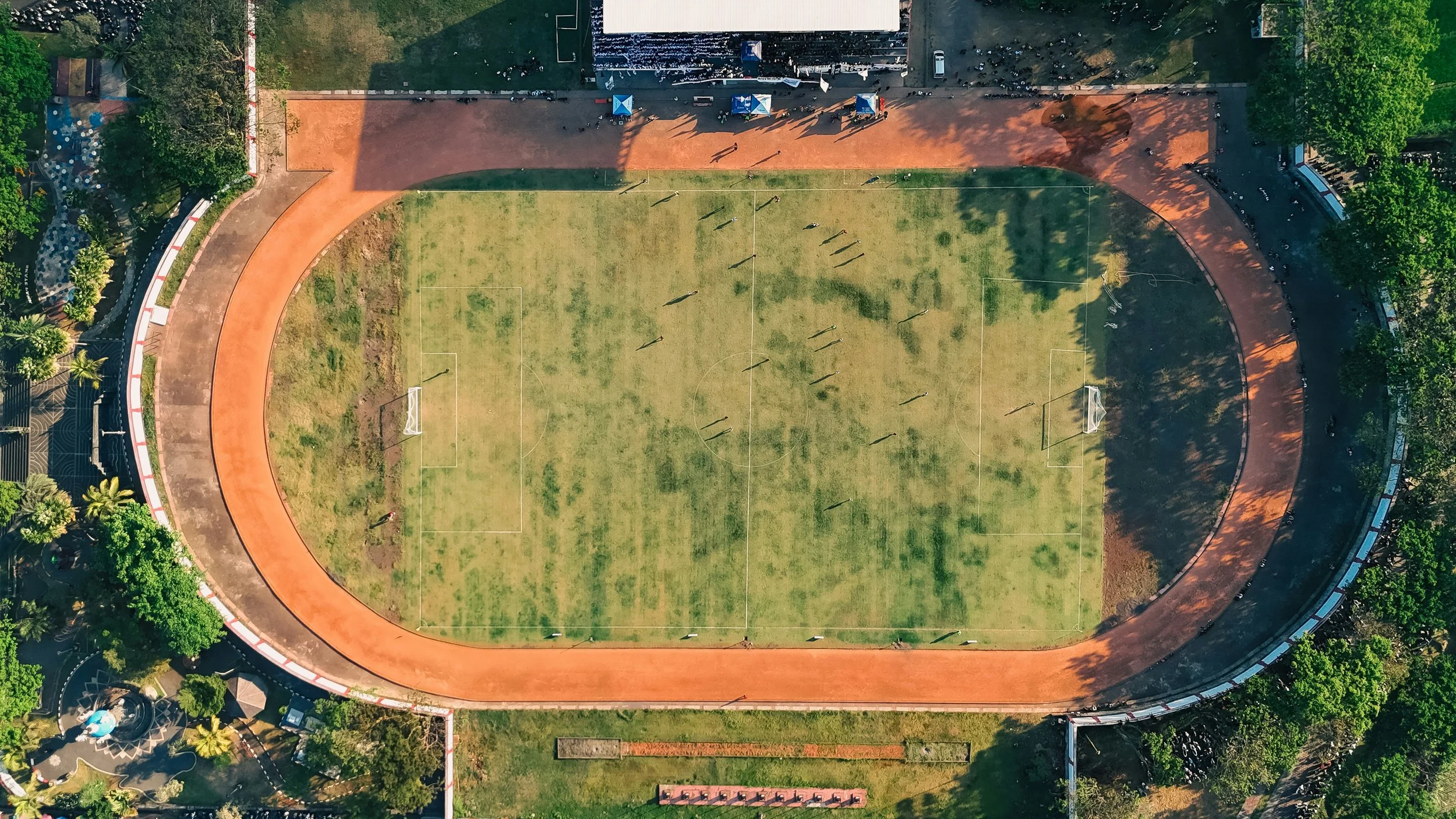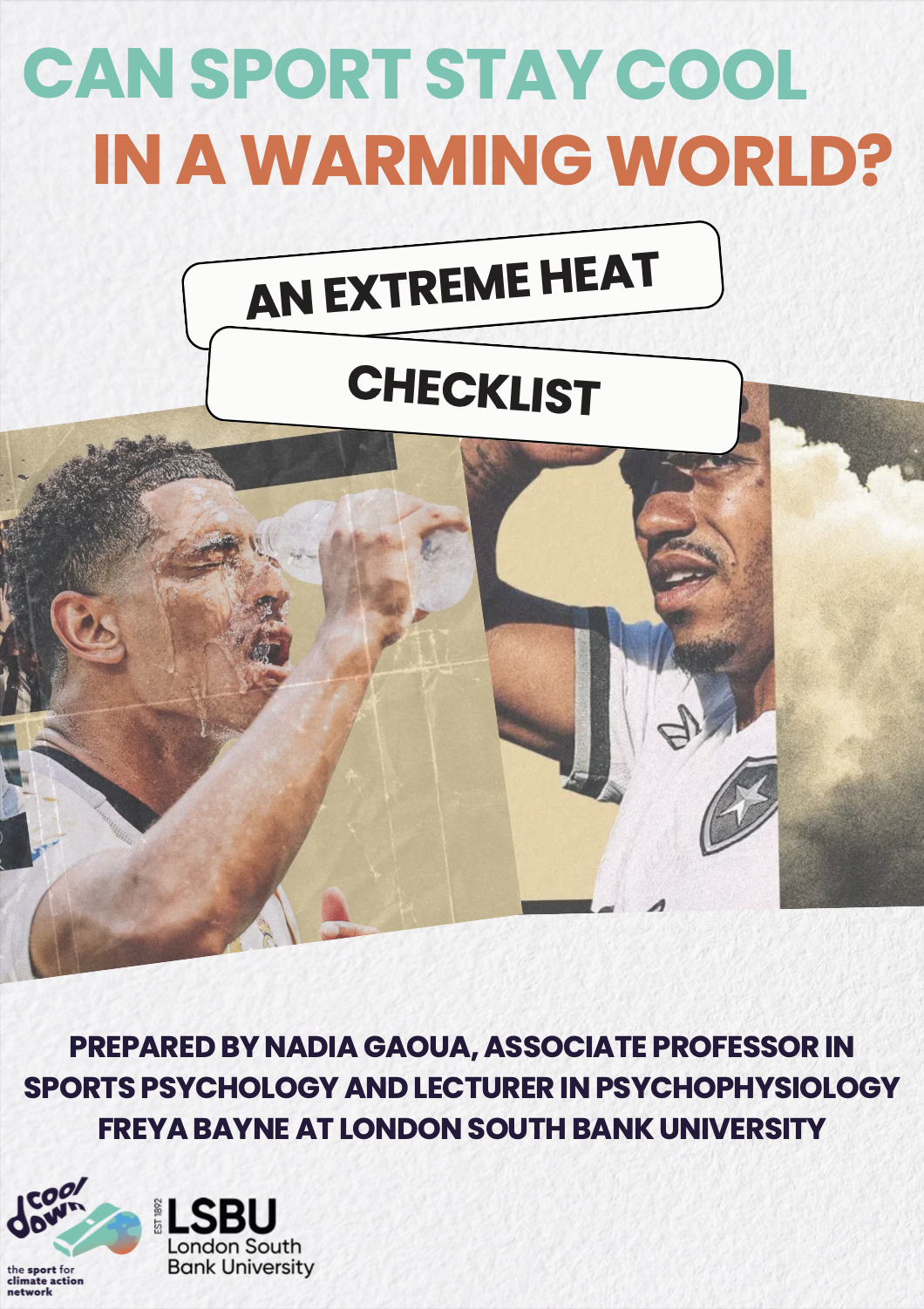SPORTING CHANGE: Can Sport Stay Cool in a Warming World?
As is now accustomed in our warming world, summer brings with it heat, humidity and drought, arriving earlier and earlier each year. Thermometers across Europe climbed inexorably, touching 46.6°C in Mora, Spain. June was Western Europe’s hottest on record and the hottest in Spain since 1961.
Prolonged periods of heat in locations not built to deal with such conditions creates chaos and disruption. People die, train tracks buckle, roads melt, wildfires rage, demand for electricity surges, grids fail, and schools shutter and working hours are reduced.
Sport is not immune from these impacts. So far we have seen elite cycling events disrupted, additional measures being taken to protect athletes and fans at football and tennis tournaments, and a growing number of professional sportspeople speaking out about the challenges of competing in the heat. With instances of extreme heat only expected to increase, greater action is needed to safeguard future sporting events and protect fans and athletes alike.
Cool Down’s Freddie Daley chatted to Nadia Gaoua, Associate Professor in Sports Psychology, and Lecturer in Psychophysiology Freya Bayne at London South Bank University to discuss extreme heat, resilience and the future of sport in a warmer world.
Nigel Msipa via Unsplash
Cool Down’s Freddie Daley (FD): Let’s start with the origins - what sparked your academic interest in sport and extreme heat?
Nadia Gaoua (NG): For me, my relationship with sport started early. Before academia, I was an elite level swimmer. Heat was not necessarily an issue for my sport, but living and competing in Tunisia meant that I was aware of the everyday impacts of heat. After studying clinical psychology, I began working with elite athletes trying to reach peak performance. It was when I contributed to set up a research centre in Qatar, where summer temperatures top 50°C, that I began to explore the links between heat and athletic performance. In particular, I explored the links between cognitive function - sustained attention, decision making and complex tasks - and extreme heat exposure.
Freya Bayne (FB): Similarly, my interest in this topic stemmed from personal experience alongside academic pursuits. I play basketball semi-professionally and have experienced first-hand how facilities are not designed with extreme heat in mind. We know that due to climate change, extreme heat exposure is becoming more frequent and severe, but it does not impact all athletes - and members of the general public - equally. My current work with Nadia explores ways to increase preparedness within sport against extreme heat and how to raise awareness of the multidimensional threat of extreme heat to the wider public through sport.
FD: What does your work tell us about athletic performance in extreme heat?
NG: Exposure to extreme heat impacts athletes in divergent and complex ways. Unfortunately, there is not a straightforward answer, but across the board, extreme heat will lead to a decline in performance. My research has found that complex cognitive tasks are very difficult under heat stress, which means that athletes may be able to react appropriatly, but decision making undoubtedly suffers. This could, in theory, impact aspects of performance such as pacing or game strategy.
However, studies exploring the link between heat and performance tend to generate more questions. One study, for instance, found that it was not just the increase in heat per se that was detrimental to cognitive performance, but when temperature is dynamically changing. Thermal regulation pulls energy resources away from other tasks. We are literally distracted by the heat and our body adjusting to it. But when you apply this to sport, it can play out differently. One study I conducted on footballers found no impact on performance due to heat in terms of accuracy of passes, but overall performance did dip. In some studies, extreme heat can boost physical performance, such as sprinting, because muscles are warmer. The picture is complex and we have many unanswered questions.
FB: My work shows that preparation and adaptive strategies are vital to maintain performance in extreme heat. Acclimatisation is a common strategy adopted by elite athletes and is very widespread in the run up to key tournaments and/or competitions. The science backs this and suggests that longer periods for acclimatisation is optimal, such as ~10-15 days. But it is important to remember that there are individual differences depending on sport, fitness status, gender, etc. When competing, different cooling strategies are required according to the specific conditions that the athlete is competing in, such as humid or dry heat. In dry conditions, heat is able to evaporate into the surrounding environment more easily and therefore water pouring (e.g. pouring water over yourselves) may be more effective. Whereas in humid conditions, the water vapour content in the air is greater, meaning that heat cannot evaporate as easily and therefore internal cooling may be favoured (e.g. cold water ingestion).
Galih Jelih via Unsplash
FD: What does the future of sport look like with more frequent and severe bouts of extreme heat?
NG: The future of sport looks very different according to the level of sport you are talking about. We know a lot already about how to prepare elite athletes for these conditions, but there is always room for improvement. While it depends on country contextualities, elite athletes can navigate the heat to some degree. What I am more concerned about is the general population. There is currently no awareness of the dangers, infrastructure remains unequipped to deliver cooling, and grassroots sports rarely have cooling strategies in place and play during the hottest point of the day. There needs to be a lot more focus on this.
FB: I agree totally. There's a growing body of guidance on how to prepare athletes for extreme heat at the elite level, yet implementation often lags behind. Some organisations, like British Triathlon, are leading the way by integrating in house heat chamber acclimation with their athletes, and governing bodies are starting to weave heat stress planning into the fabric of competition logistics. These are promising steps but they only scratch the surface. Greater focus is needed on:
Sports with long durations or heat-exposed formats, such as cricket and marathon running, where athletes may spend extended periods in hot environments with limited cooling opportunities.
Grassroots communities, which are often least equipped to manage heat risks. Elite athletes and organisations have a powerful role to play in modelling and embedding resilience strategies. After all, grassroots participants frequently mirror the practices of their sporting heroes, yet it's at this level that preparedness is often weakest.
Under current warming trajectories, traditional sporting calendars may become increasingly unviable due to seasonal extremes. Disruptions, delays, and cancellations carry economic consequences, compounded by the rising need to invest in cooling infrastructure. Already, heat-related illnesses and hospital admissions during training and competition are becoming more frequent as temperatures climb each year which highlights the urgency for more ambitious action.
While some progress is being made in heat adaptation, such as acclimation protocols and revised scheduling (e.g. moving the marathon location, date and time at the Tokyo Olympics), it's crucial to distinguish this from climate mitigation. Adaptation helps athletes and organisations adjust to present-day heat risks, whereas mitigation tackles sport’s contribution to climate change itself through lowering travel emissions, redesigning infrastructure, and reducing energy use. Both are essential, yet sport’s climate response often prioritises adaptation, leaving mitigation underexplored. That imbalance must shift if we’re to future-proof sport in a warming world.
FD: Do you think sports’ governing bodies are doing enough to tackle the threat posed by extreme heat?
NG: Governing bodies are doing quite a lot around preparedness for extreme heat, but the same cannot be said for action on addressing climate change. For extreme heat, the International Olympic Committee (IOC) uses a flag system to reflect the dangers posed to athletes in certain conditions and has a group of scientists advising them on heat performance and preparedness. FIFA has added water breaks and other cooling strategies, although more steps should be considered. Governing bodies are, however, failing to inform recreational and grassroots athletes of the risks and must do more in this regard.
FB: Agreed - although governing bodies are making commendable progress in heat preparedness, particularly at the elite level, there remains a striking gap in attention to youth academies and grassroots sport. Current guidelines, interventions, and access to cooling strategies are largely reserved for professional athletes, while young participants and community-level athletes continue to train and compete with limited support, resources, or facility adaptations. These groups may be even more vulnerable to heat-related illnesses due to lower levels of medical oversight and restricted access to hydration, shaded areas, or climate-responsive infrastructure.
But this isn’t just a sporting issue, it’s a public health concern. Grassroots sport often shares space with schools, community centres, and local recreation facilities, meaning that improving heat resilience in sport has broader societal benefits. Robust adaptation strategies such as cooling policies, infrastructure upgrades, and education campaigns can help protect participants, relieve pressure on local healthcare systems, and promote inclusive, climate-safe environments for all.
To truly tackle the threat of extreme heat, governing bodies must expand their scope beyond elite athletes and recognize sport’s role as a frontline climate-health interface in communities worldwide.
-
Freya Bayne and Nadia Gaoua have prepared an Extreme Heat Checklist for sports organisations and professions attempting to navigate this growing threat.



